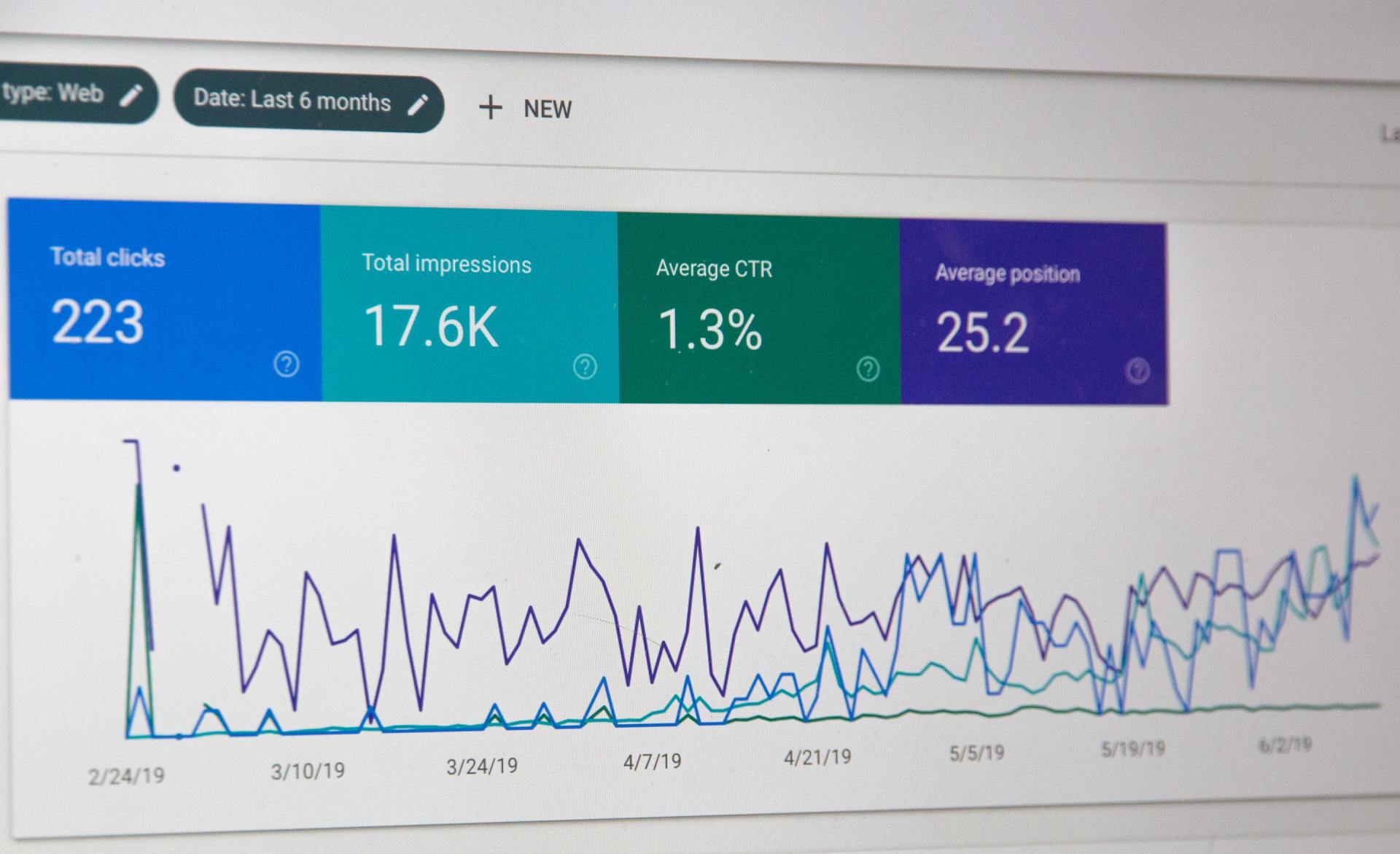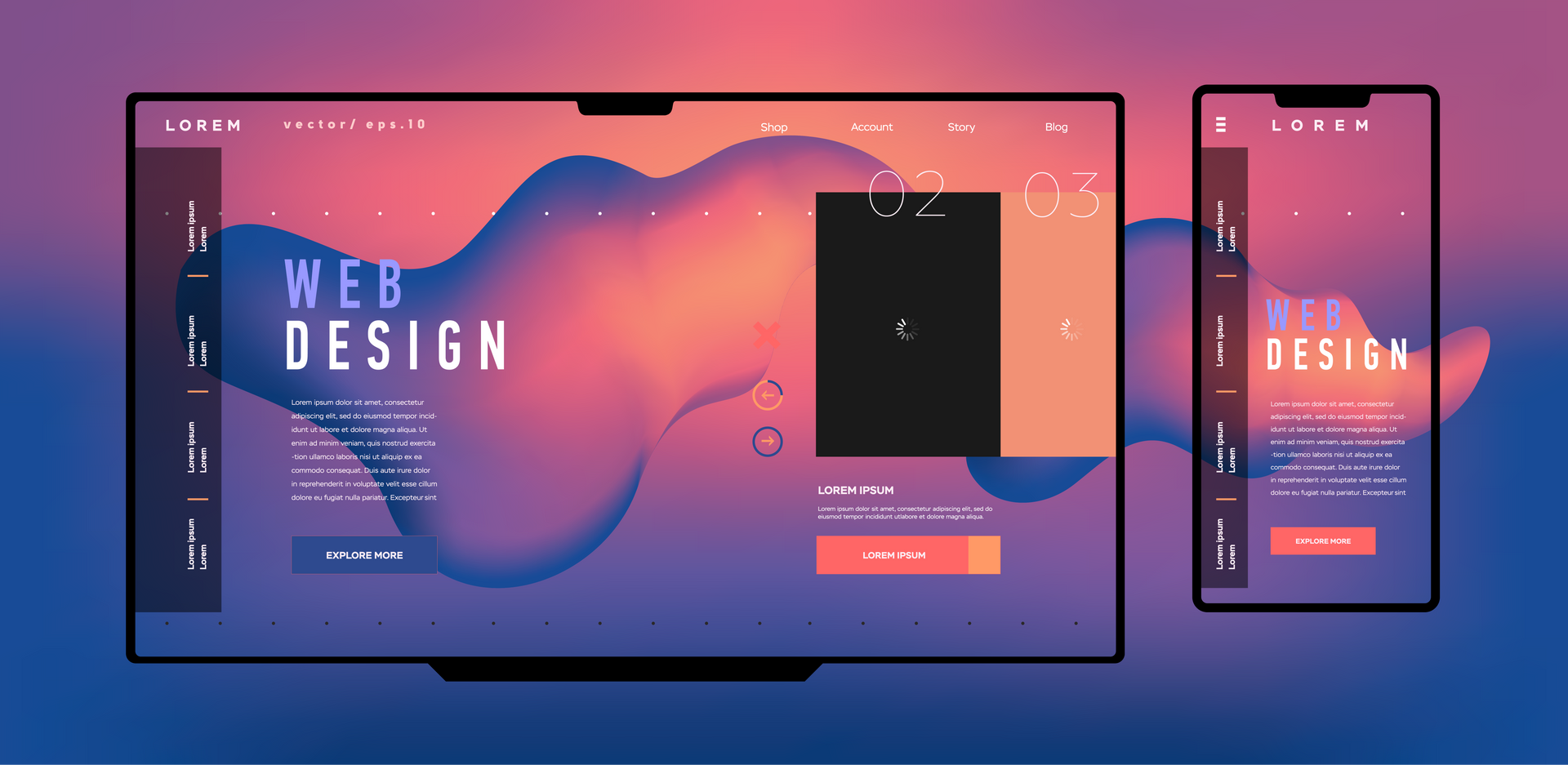Future Proof Your Site: Essential Web Design Statistics for 2025
Unique Web Design Statistics for 2025:
As we navigate 2025, the landscape of web design continues to be shaped by evolving user expectations, technological advancements, and the ever increasing importance of a seamless digital experience. Here are our favorite web design statistics and trends relevant for 2025.
AI-Driven Content Creation is Mainstream in Design Workflows:
Over half of web designers
(58%)
are now utilizing AI to generate images and other types of media for their website projects. This indicates a significant integration of AI tools into the creative process.
Gen Z's Demand for Predictive Personalization:
A notable
70% of Gen Z users express a desire for websites to intuitively understand and anticipate their needs. This highlights a strong preference for highly personalized and predictive web experiences among the next wave of primary internet users.
Elevate your business with a custom built website from Salt Creative — schedule your free strategy session now!
Industry Standards and Trends:
- 73.1% of visitors leave due to non responsive designs, highlighting the necessity of mobile optimization
- 59.99% of the total global web traffic comes from mobile phones
- 50% of smartphone users prefer mobile sites over apps for shopping, important for e-commerce
- 52% are less likely to interact with businesses due to bad mobile experiences, reinforcing mobile UX importance
- 1.71 billion websites are responsive (90% of all), indicating widespread adoption
- The e-commerce market is projected to grow from $3.3 trillion to $5.4 trillion by 2026, driving demand for quality web design
- WordPress holds a 43.2% market share of 200 million active websites (2022 data), relevant for CMS choices
- The average web designer salary is $91,902 per year, providing context for the profession's value
- 94% of first impressions are design related, emphasizing the role of aesthetics in user perception
- Users form opinions about websites in just 0.05 seconds, stressing the need for instant appeal
Mobile Optimization Directly Impacts Brand Perception:
Nearly half (48%) of customers perceive a business as not caring about them if its website or app isn't mobile-optimized. This statistic underscores that mobile friendliness is no longer just a technical requirement but a crucial factor in how users view a brand's commitment to customer experience.
High Cost of Complicated E-commerce Checkouts:
A significant 22% of
e-commerce shoppers will abandon their purchase specifically due to a checkout process that they find too long or complicated. This pinpoints a critical area for conversion rate optimization in online retail.
Widespread Absence of Homepage CTAs in Small Businesses:
A striking 70% of
small business websites do not feature a Call to Action (CTA) on their homepage. This common oversight represents a substantial missed opportunity for guiding visitors and generating leads.
Mobile Continues its Dominance in Web Traffic for 2025:
It is anticipated that in 2025, mobile devices will be responsible for over 75% of all global internet traffic, reinforcing the critical need for mobile first design strategies.
The Power of Personalized Calls to Action:
Websites employing personalized CTAs see a 202% better performance compared to standard, generic CTAs. This demonstrates the significant impact of tailoring content to individual user segments.
Growing Emphasis on Sustainable Web Design:
By 2025, there's an expected surge in focus on design sustainability. Increasingly carbon-conscious users are driving demand for websites that are lightweight, energy efficient, and hosted on green servers.
The Voice Search Optimization Gap:
While 27% of the global online population now uses voice search, a large number of websites are still not optimized for voice queries. This gap signifies an area for growth and improved accessibility in 2025.
Video Content Significantly Boosts User Engagement:
Incorporating video content can lead to an 88% increase in the average time users spend on a website, highlighting video's effectiveness in capturing and retaining audience attention.










